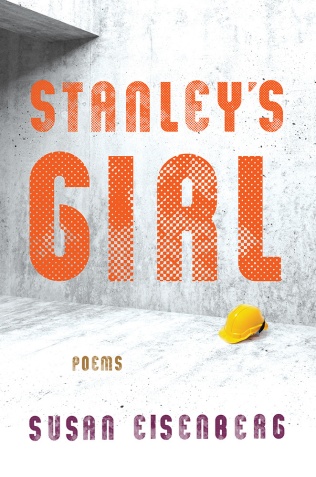We grew up thinking that if there wasn’t pavement under our feet, we were lost,” Marc Kaminsky said, as he sat with his longtime friend George Getzel, who lay dying in a hospital bed at Calvary Hospital, talking about spring. They were two Bronx kids who morphed into two aging, brilliant intellectuals. Struck by George’s tranquility in the face of mortality, Marc asked his friend, filmmaker Menacham Daum to videotape their conversation, and sent a copy to me.
In his better days, George told Marc, he’d loved to visit the New York Botanical Garden in all four seasons. Each time it would be a totally different world: the garden was a symbol of nature and birth and growth and decay.
“I was especially close to the service tree,” George explained. “It’s an indigenous tree in northeast America. It’s a tree that may be considered a bush—but it’s a tree. It actually fruits, and a sweet little fruit comes out of it when the weather warms up. It’s also the first tree to blossom in the woods. It has soft, large flower petals, light pinkish-white, and if you can reach out and smell it, it has the most delicate perfume.”
“Our ancestors had a real problem when people died during the winter, because they couldn’t bury them; the ground was too hard. So what they did was wait till the service tree bloomed, and then they knew that the ground was soft enough.”
That touched me deeply.

“So for the last few years, when I could still walk, I would go into the Bronx botanical garden to walk on a trail through fifty acres of virgin forest, and there was the service tree. And I tried—it has a life of flowering of, like, three days— to imagine, ‘Is the ground soft?’ ‘Will I make it?’ And sometimes I made it and sometimes I didn’t, but I think that it is emblematic of my notion of immortality in life: a brief time, a beautiful fragrance, and then passing, disintegrating, falling to the ground, and renewal.”
Alone with his mortality in the hospital late one night, George spontaneously texted Marc some of his spiritual musings. It ended:
Humankind calls out for compassion
For one’s self and then the other
The spent perfume of the petals
Of the service tree
Fall to the forest bottom
When earth loses its chill
Back in the hospital room, George continued to express his deep and thoughtful perspective on life in the face of imminent mortality.“I remember holding my wife’s hand when she was dying,” George told Marc, “and having a great sense of intimacy, the same as when I held my hand over her belly when she was pregnant. There’s this mixture. Even in the face of the grim realities of life that nauseate you and shatter your dreams, I’ve found—with difficulty—deeper meaning.”
“We all hold down to something that we would hope would have permanence,” he continued. “Something that would lead us beyond our grave and have something of eternity tied to it. We discover that the idol—be it money, position, your own children, the neighborhood you live in—it’s not forever and it falls apart and isn’t what you thought it was when you were a young man. It becomes moth-eaten and dissipates, and then with that it’s followed by new growth, new possibilities.”
George Getzel died on January 7, 2018. The serviceberry tree he loved so well will bloom again this spring.
Related event: Spring Writes Literary Festival – May 3 to May 6, 2018

About the author of this blog post: Steve Zeitlin is the founding director of City Lore, and the author or co-author of ten books on America’s folk culture. He has documented, recorded and fallen in love with carnival pitches, children’s rhymes, family stories, subway stories, ancient cosmologies, and oral poetry traditions from around the world.
You can purchase his latest book: The Poetry of Everyday Life, here.
























You must be logged in to post a comment.